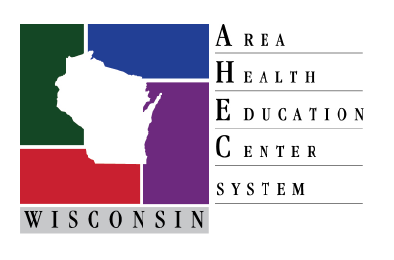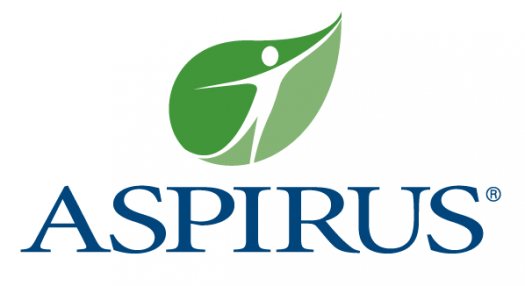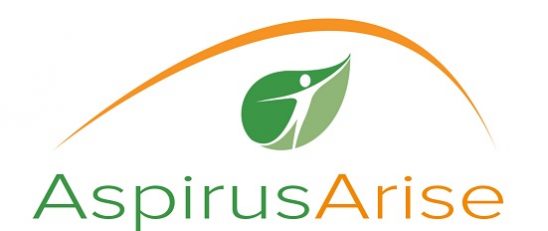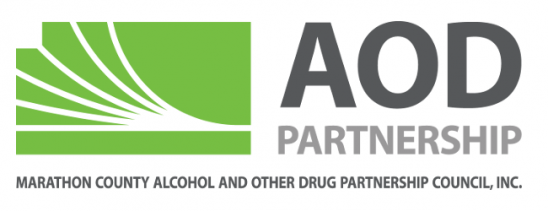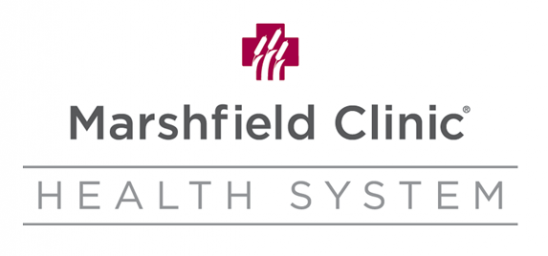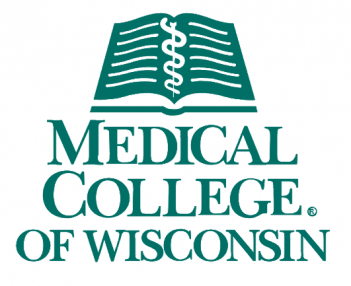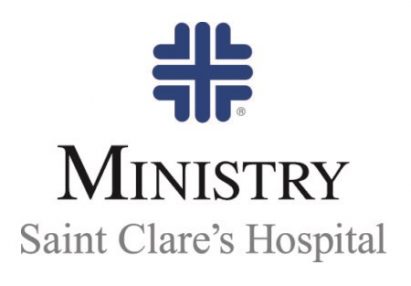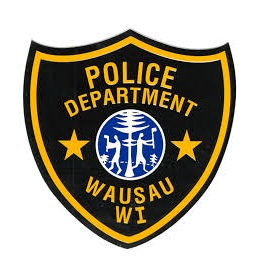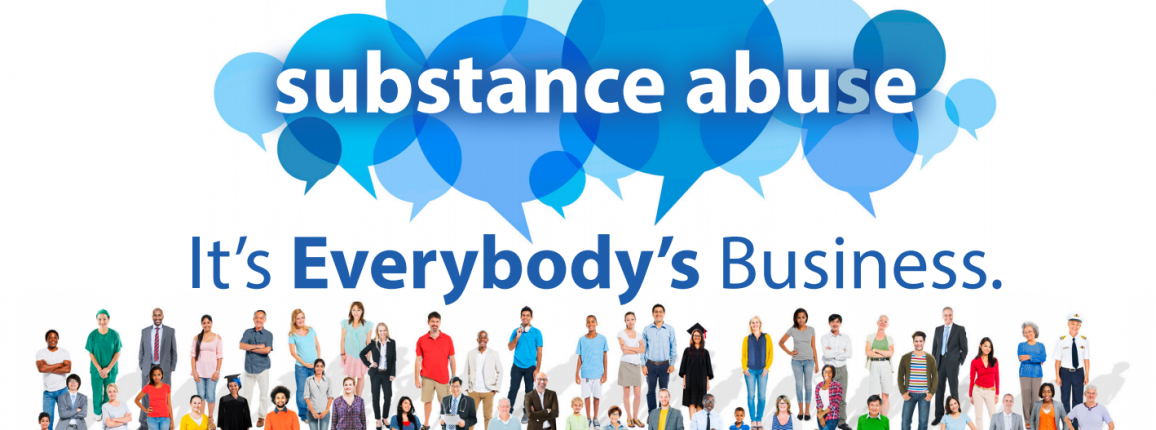
Substance Abuse
Background:
Drug overdoses and deaths are a major problem across the country. Consider these statistics:
- Drug overdose is the leading cause of accidental death in the United States, with 52,404 lethal drug overdoses in 2015.
- In 2012, 259 million prescriptions for opioids were written in the United States, more than enough to give every American adult their own bottle of pills. Four of five new heroin users started out misusing prescription painkillers.
In Marathon County, the number of felony drug charges rose over three times between 2010- 2014. There are only six inpatient treatment beds in north central Wisconsin, with a six-month waiting list. There is a shortage of mental health and addiction medicine professionals, and especially in rural areas, there are generally fewer resources and options for treatment available -even when a person asks for help. Addiction and associated issues stress law enforcement capacity, exacerbates the workforce shortage, reduces workplace productivity and safety, leads to more children exposed to adverse childhood experiences and the need for foster care, burdens schools, and challenges health providers. Entire communities are affected and families suffer.
Addiction is a chronic and relapsing brain disease. Treatment and recovery does not happen in the short-term.
Substance abuse is a multifaceted problem that cannot be solved piecemeal. It requires multidisciplinary collaboration and mutually reinforcing activities in a community. The entire community must be engaged to develop simultaneous strategies including: effective workplace strategies, appropriate prescribing, efforts to prevent adverse childhood events and improve childhood resiliency, comprehensive evidence-based pain management, public safety/enforcement techniques and programs, addiction treatment, post treatment support, affordable and available sober housing, transitional jobs, and naloxone training.
Who should attend
Employers, health system leaders, economic development, health care providers, health insurers, policymakers, community lenders, clergy/religious, law enforcement, prosecutors, philanthropy/foundations, public health, educators, press, community members, mental health and substance abuse providers and advocates.
Latest Updates
Sponsors
